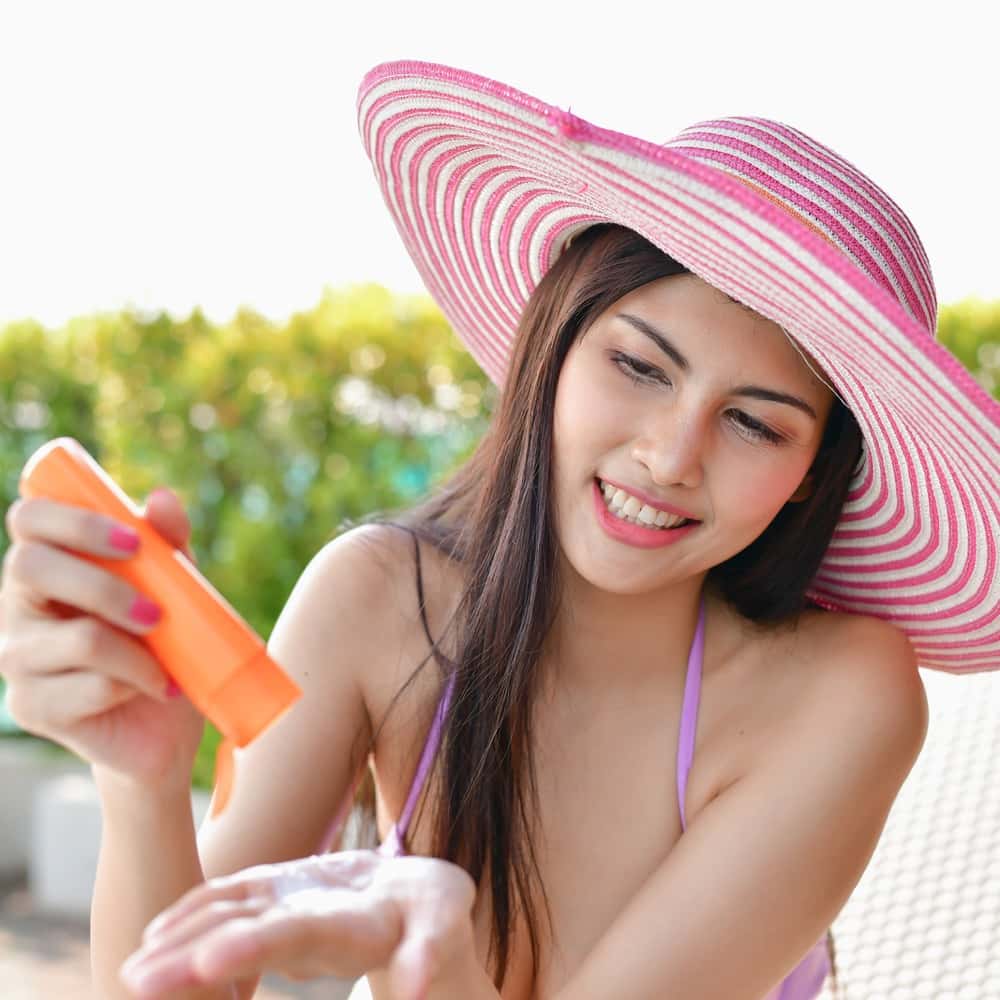
If you spend time outside in the summertime, you’ll probably reach for the insect repellent. After all, you don’t want to feed bloodsuckers like ticks or mosquitoes. In addition, sunscreen can keep your skin from burning if you are out for more than a short while. But can you safely use sunscreen and bug repellent together? What are the risks?
Using Sunscreen and Bug Repellent Together:
Q. It’s summer and the “wear sunscreen” drumbeat is loud and clear.
I live in the south where local ponds and open storm drains make mosquitoes a big problem. I am more concerned about Zika, West Nile virus, and chikungunya than wrinkles and skin cancer. So DEET is my skin application of choice.
Do we know anything about the combination of sunscreens and DEET? Is there reason to suspect that using both makes either less effective or more harmful?
DEET May Boost Absorption of Sunscreen Ingredients:
A. Dermatologists have found that applying the insect repellent DEET together with sunscreen results in greater absorption of both compounds (Journal of Dermatological Treatment, Jan. 2016). According to these scientists, picaridin would be a better choice for repelling insects if you also need sunscreen (which you mostly do during the day).
Although DEET is the gold standard, picaridin is about as effective and appears less likely to cause side effects. When you use sunscreen and bug repellent containing picaridin, you absorb less of both the repellent and sunscreen ingredients such as oxybenzone. Sunscreens based on titanium dioxide or zinc oxide are not absorbed and not affected by insect repellent.
Looking for Picaridin:
You’ll find picaridin in several commercially available insect repellents. They include Sawyer Picaridin Insect Repellent, Natrapel 12-hour Insect Repellent, Repel Tick Defense and Ranger Ready Picaridin 20 Percent.
A new insect repellent ingredient was recently approved. We do not know whether or to what extent repellents made with nootkatone will interact with sunscreen compounds.
Citations
- Rodriguez J & Maibach HI, "Percutaneous penetration and pharmacodynamics: Wash-in and wash-off of sunscreen and insect repellent." Journal of Dermatological Treatment, Jan. 2016. DOI: 10.3109/09546634.2015.1050350

